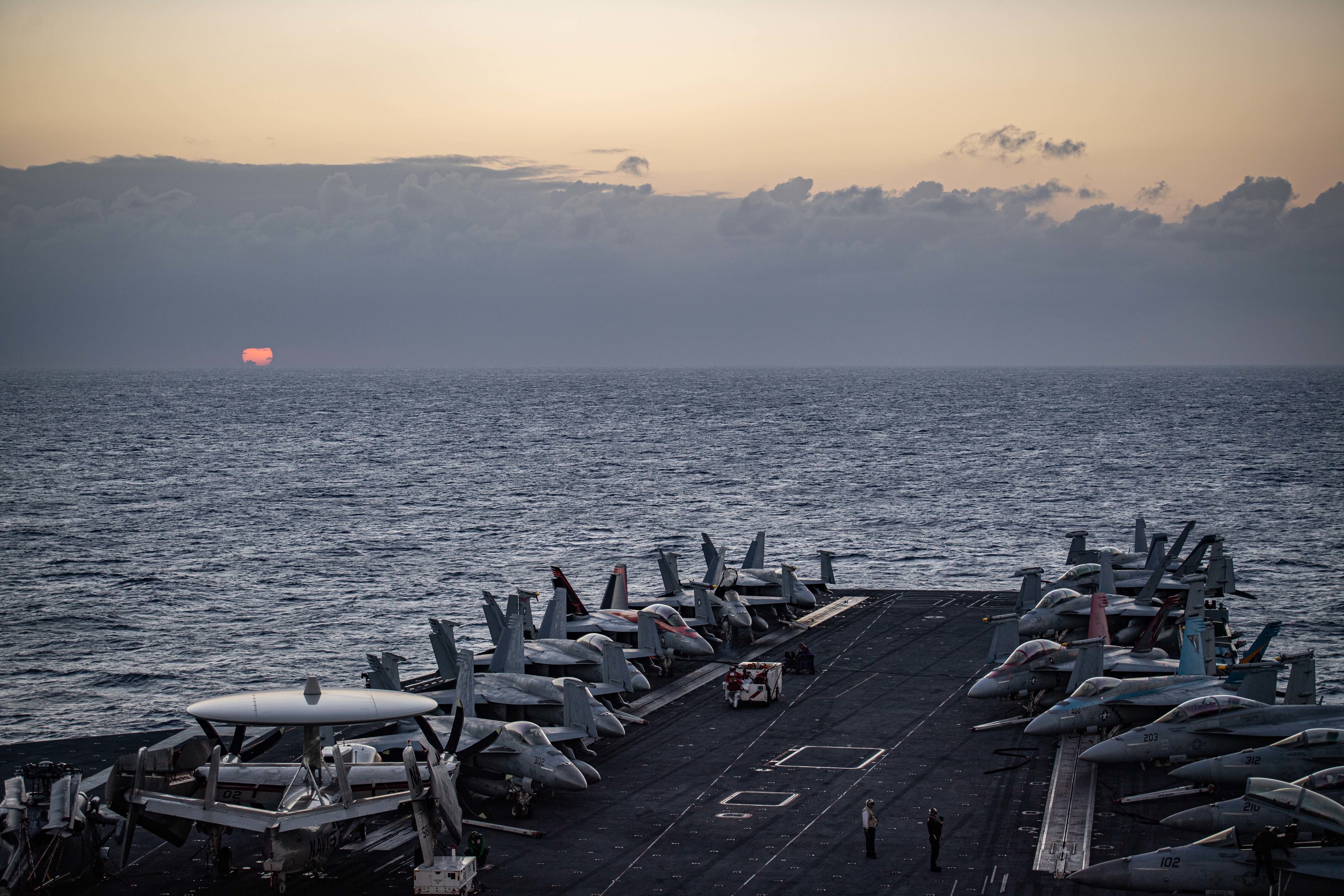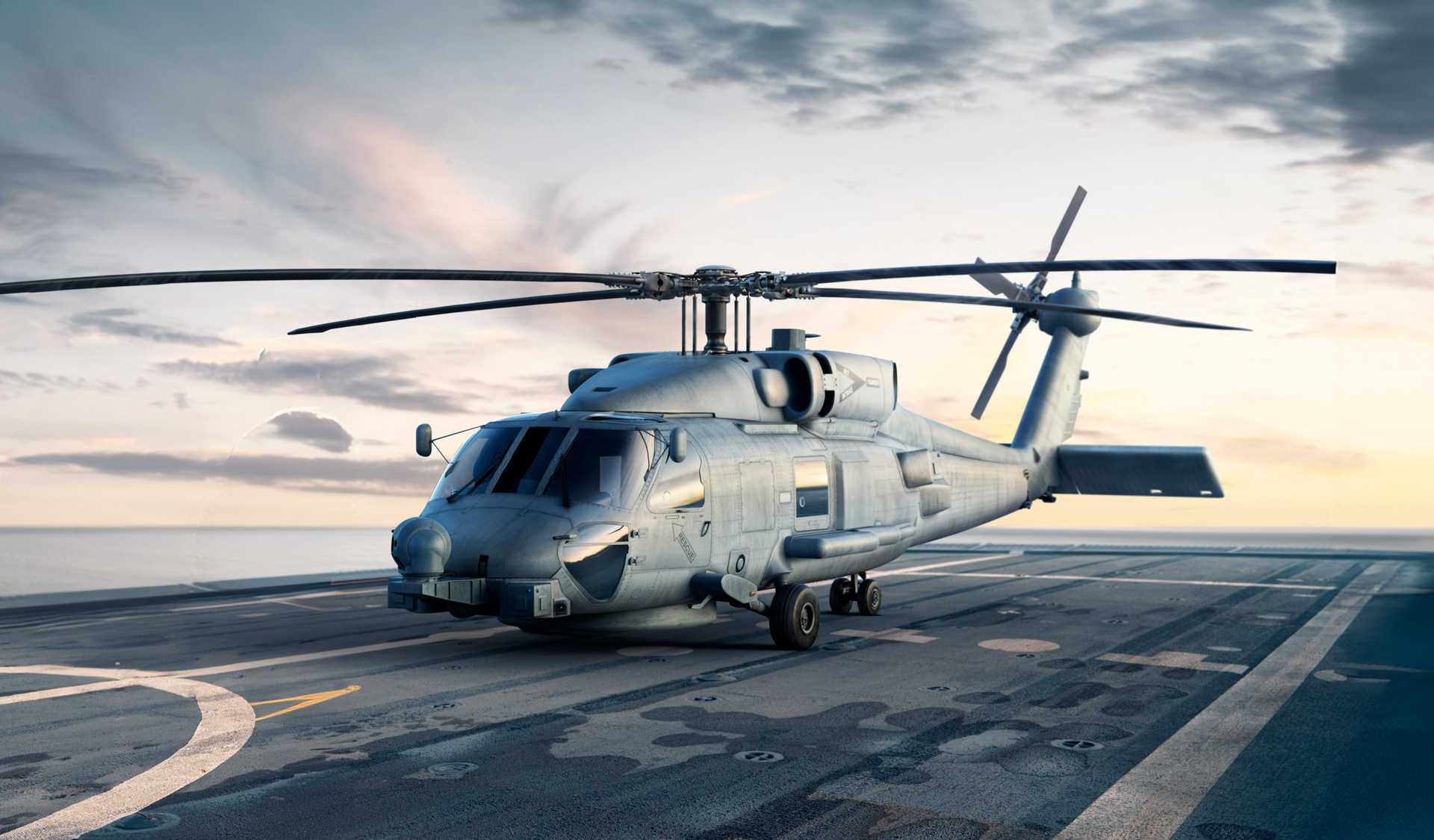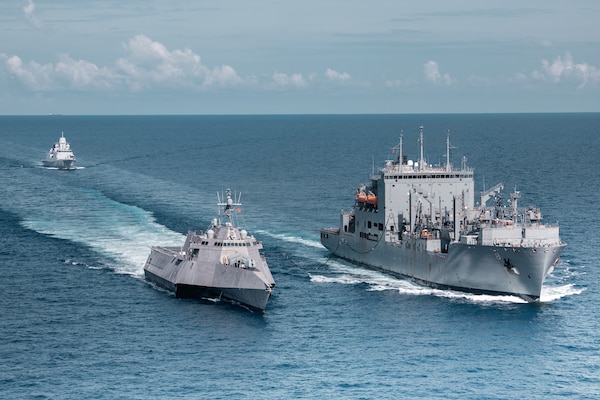Navy Helicopter and Fighter Jet Crash in South China Sea: All Crew Rescued
Navy Helicopter and Fighter Jet Crash in South China Sea: All Crew Rescued

In a dramatic sequence of events on Sunday, October 26, 2025, two U.S. Navy aircraft conducting routine operations from the USS Nimitz aircraft carrier went down in the South China Sea within 30 minutes of each other. All five crew members involved in both incidents were successfully rescued and are reported to be in safe and stable condition.
Timeline of the Incidents
The first incident occurred at approximately 2:45 p.m. local time when an MH-60R Sea Hawk helicopter assigned to the Battle Cats of Helicopter Maritime Strike Squadron 73 went down in South China Sea waters. According to the U.S. Pacific Fleet's official statement, search-and-rescue teams were immediately deployed and successfully recovered all three crew members aboard the helicopter.

Just 30 minutes later, at 3:15 p.m., an F/A-18F Super Hornet fighter jet assigned to the Fighting Redcocks of Strike Fighter Squadron 22 also went down in the same region. Both crew members successfully ejected from the aircraft and were promptly rescued by recovery teams. The rapid response and successful rescue operations highlight the Navy's preparedness for emergency situations during carrier operations.
Aircraft and Squadron Details
The MH-60R Sea Hawk helicopter is a versatile maritime strike aircraft designed for anti-submarine warfare, anti-surface warfare, and search-and-rescue missions. The squadron involved, Helicopter Maritime Strike Squadron 73, is based at Naval Air Station North Island on the Coronado peninsula in San Diego, California.

The F/A-18F Super Hornet is a twin-engine, multi-role fighter jet capable of air-to-air combat and precision strike missions. Strike Fighter Squadron 22, known as the Fighting Redcocks, operates from Naval Air Station Lemoore in Kings and Fresno counties, California. Both aircraft and their crews were conducting routine operations from the USS Nimitz, the oldest American aircraft carrier in active service, which has been deployed in the South China Sea and adjacent Philippine Sea in recent months.
Investigation Underway
The U.S. Pacific Fleet has confirmed that both incidents are currently under investigation to determine the exact causes of the crashes. While the Navy has not released specific details about what led to either aircraft going down, officials emphasized that all personnel involved are safe and in stable condition. The proximity of the two incidents—both in timing and location—raises questions that investigators will need to address thoroughly.
Regional Context and U.S. Naval Operations

The South China Sea is one of the world's most strategically important and contested waterways. The United States regularly deploys military vessels and aircraft to the region as part of freedom-of-navigation exercises designed to counter China's expanding military presence and territorial claims. China claims sovereignty over most of the South China Sea, including waters surrounding Vietnam, Malaysia, Brunei, Indonesia, and the Philippines, and has fortified disputed islands with military installations.
These incidents occurred during a period of heightened tensions in the Asia Pacific region. Just last week, Australia's defense department reported that a Chinese fighter jet released flares dangerously close to an Australian Air Force aircraft conducting patrols over the sea. The Chinese military responded by claiming the Australian aircraft had entered Chinese airspace without permission over the disputed Paracel Islands.
USS Nimitz: A Storied Carrier's Final Deployment
The USS Nimitz (CVN-68) holds the distinction of being the world's oldest nuclear-powered aircraft carrier still in active service. Commissioned in 1975, the Nimitz is scheduled for decommissioning in fiscal year 2026. This deployment in the South China Sea represents one of the carrier's final operational periods after nearly five decades of service to the U.S. Navy.
Safety Record and Carrier Operations
While naval aviation incidents do occur periodically during carrier operations, having two separate aircraft go down within 30 minutes is highly unusual. Carrier-based operations are inherently challenging and dangerous, requiring precise coordination, skilled pilots, and constant vigilance. The successful rescue of all five crew members demonstrates the effectiveness of the Navy's search-and-rescue capabilities and the readiness of support personnel aboard the Nimitz and its escort vessels.
Political Timing
The incidents coincided with President Donald Trump's Southeast Asia tour, which included stops in Malaysia, Japan, and South Korea. While it remained unclear whether the Navy aircraft were conducting flights related to the presidential visit, the timing adds another layer of significance to these events as regional diplomatic and military activities intersect.
Frequently Asked Questions
What caused the two aircraft to crash?
The exact causes of both incidents are currently under investigation by the U.S. Navy. Officials have not released specific details about what led to either aircraft going down.
Were there any casualties?
No. All five crew members—three from the helicopter and two from the fighter jet—were successfully rescued and are in safe and stable condition.
Is it unusual for two aircraft to crash so close together?
Yes, having two separate aircraft go down within 30 minutes during routine operations is highly unusual, which is why the Navy has launched a thorough investigation into both incidents.
What is the USS Nimitz doing in the South China Sea?
The USS Nimitz was conducting routine operations in the South China Sea as part of the U.S. Navy's ongoing presence in the region, which includes freedom-of-navigation exercises to counter China's territorial claims.
When will the investigation results be released?
The Navy has not provided a timeline for when the investigation findings will be made public. Such investigations typically take several weeks to months to complete thoroughly.
Looking Ahead
As the investigation proceeds, the Navy will analyze all factors that may have contributed to these incidents, including mechanical issues, weather conditions, operational procedures, and human factors. The findings will be crucial not only for understanding what happened on October 26 but also for preventing similar incidents in the future and ensuring the safety of naval aviators operating in challenging environments.
The successful rescue of all crew members serves as a reminder of the professionalism and dedication of U.S. Navy personnel who operate in some of the world's most contested waters. As tensions continue in the South China Sea and the region remains a focal point of great power competition, the safety and readiness of U.S. forces deployed there remain paramount concerns.
📢 Found this article informative? Share it with others who want to stay updated on U.S. Navy operations and South China Sea developments!